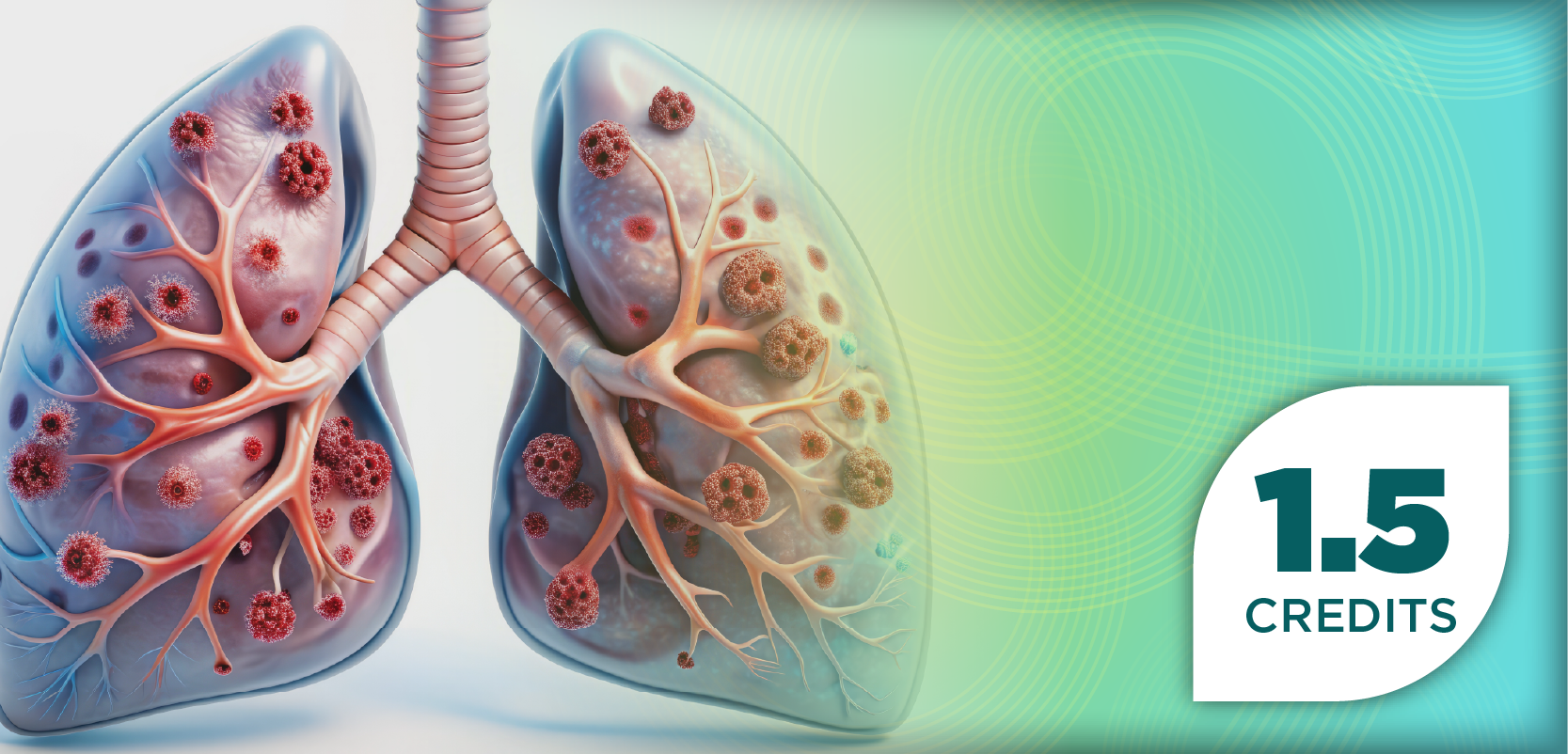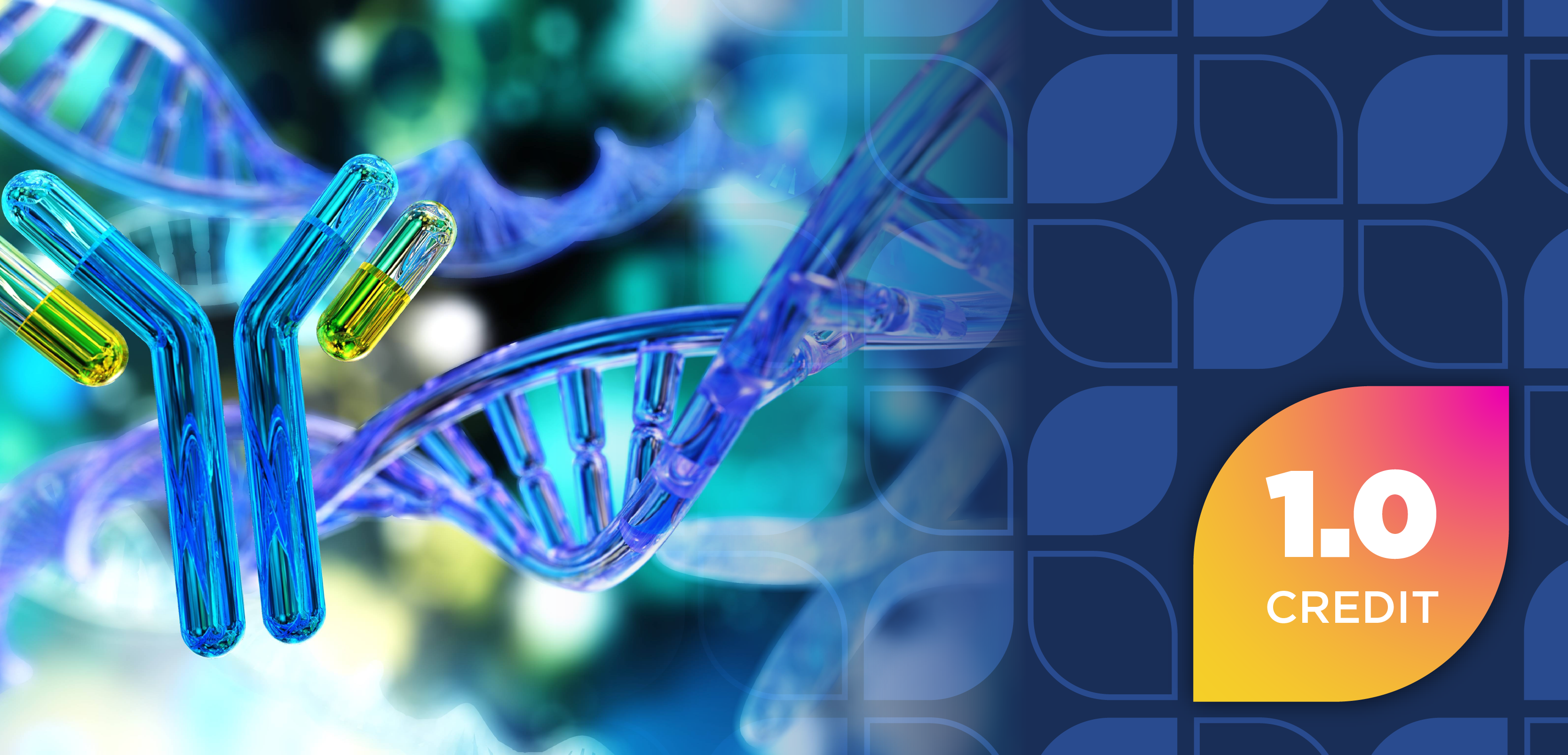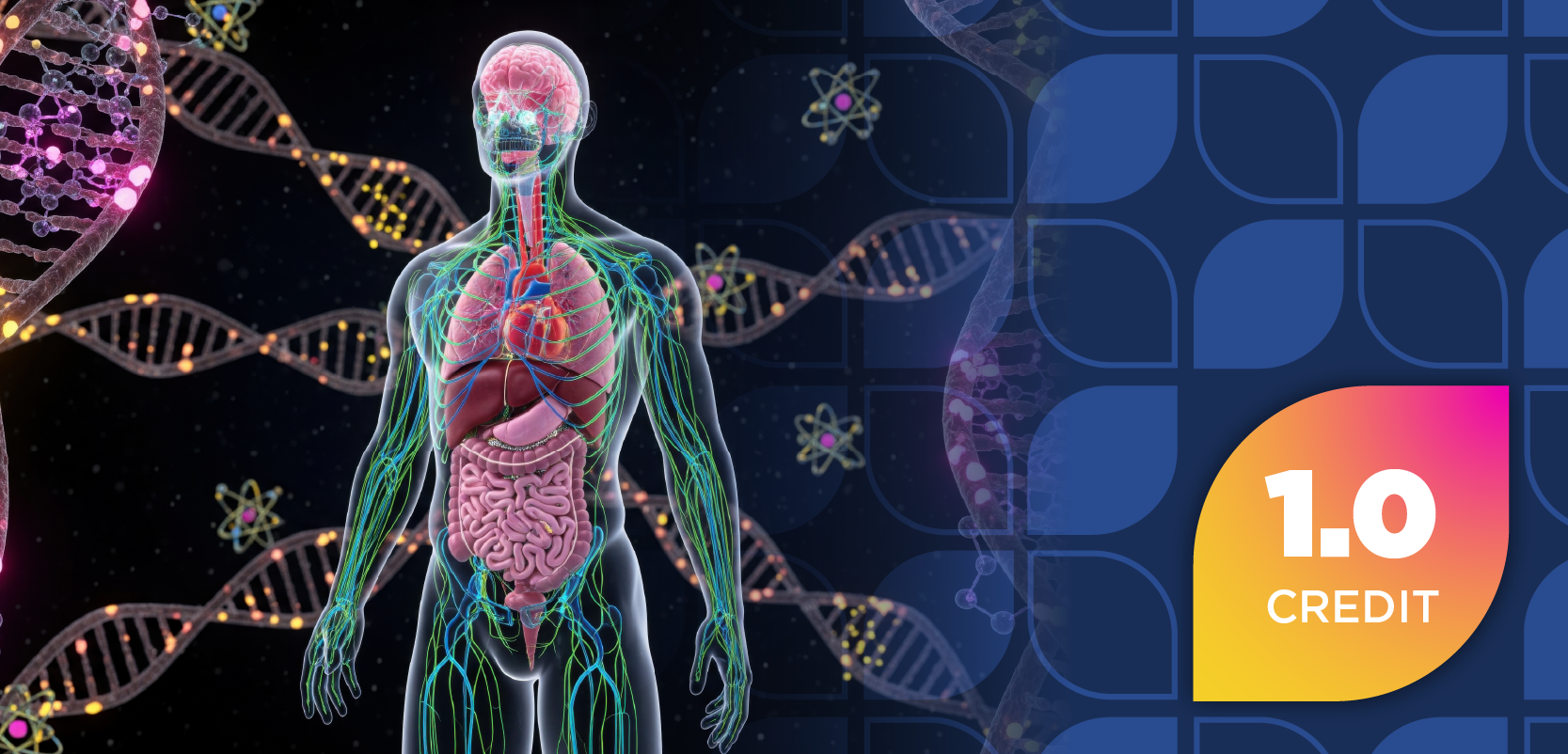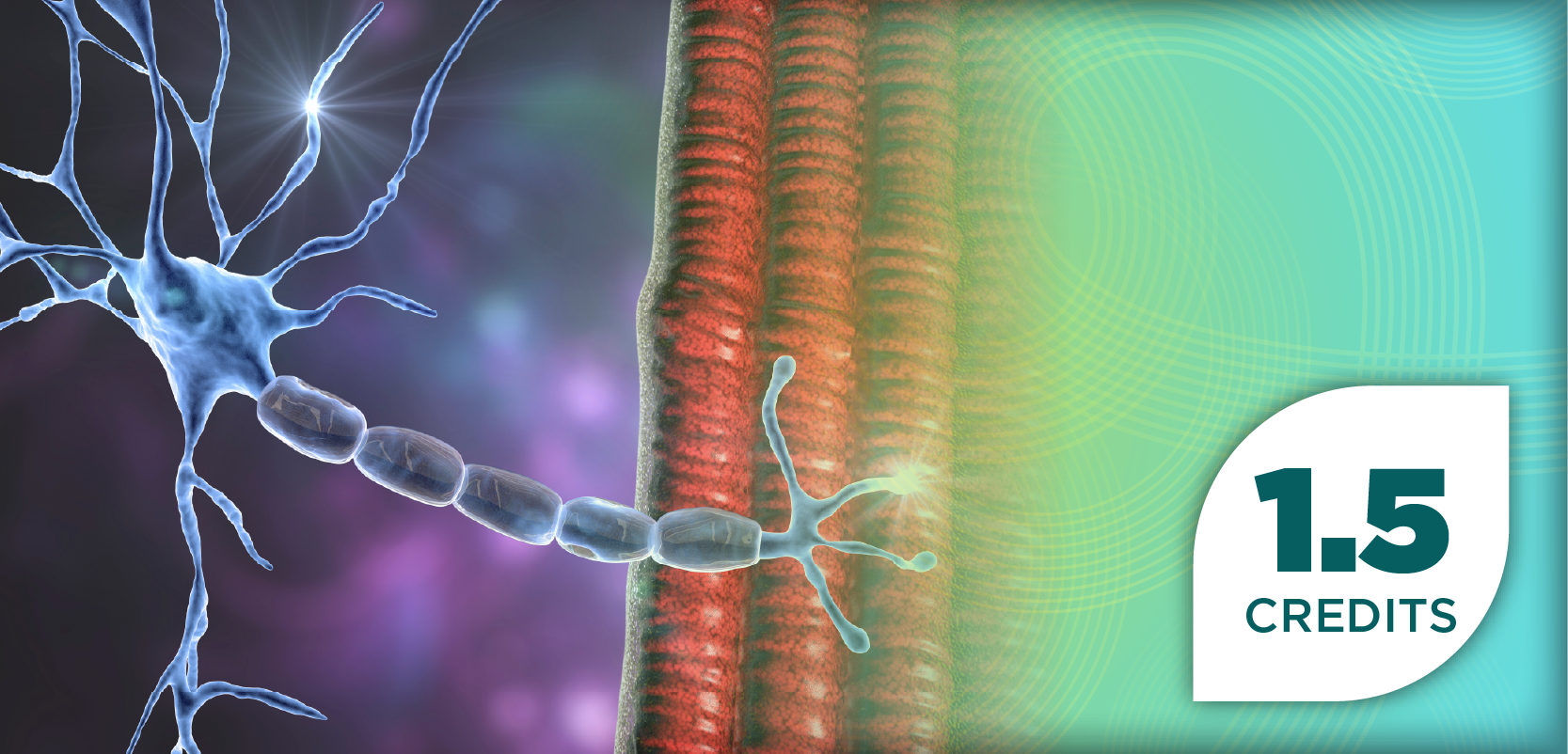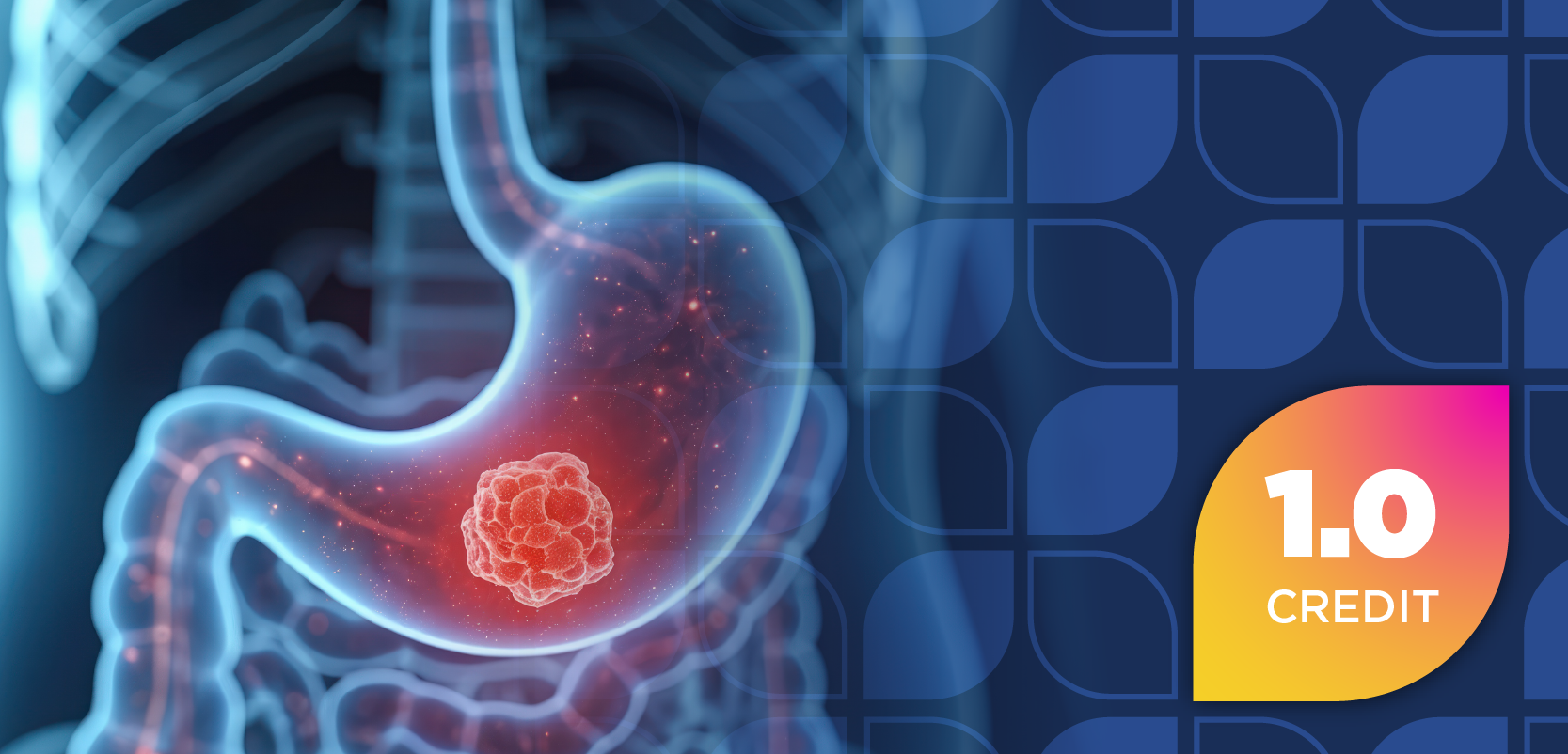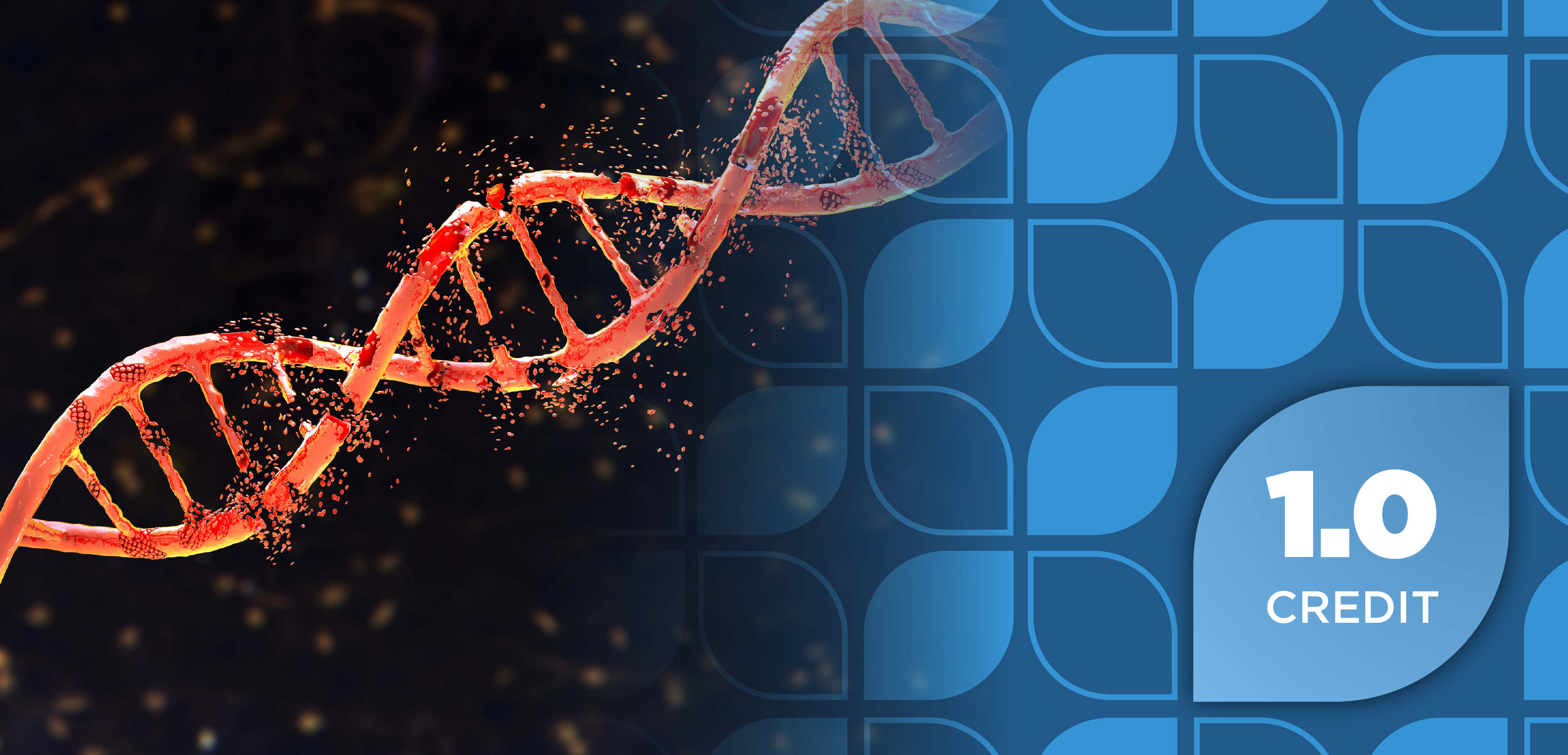
Environmental Factors Could Influence Type 1 Diabetes Risk in Children Through Epigenetic Changes
Key Takeaways
- Maternal factors, including epigenetic influences, may reduce T1D risk in children, with DNA methylation changes observed in susceptibility genes.
- Children of mothers with T1D showed differences in DNA methylation at sites linked to T1D risk, suggesting a protective role.
Maternal type 1 diabetes may influence children's DNA, potentially reducing their risk of developing islet autoimmunity.
New study findings conducted by researchers from the Helmholtz Munich Institute for Diabetes Research suggest that maternal factors, including early-life epigenetic influences, could play a protective role in reducing the likelihood of type 1 diabetes (T1D) development in children. The study authors, who published their findings in Nature Metabolism, noted that specific conditions in the womb of a mother with T1D may affect the child’s risk of developing islet autoimmunity.1,2
“We observed DNA methylation changes at multiple type 1 diabetes susceptibility genes in children born to mothers with type 1 diabetes,” Sandra Hummel, PhD, researcher at the Helmholtz Munich Institute for Diabetes Research and last author of the study, said in a news release.2
How Family History Influences T1D Risk
T1D is an autoimmune disease that is influenced by genetic and environmental factors and is one of the most common chronic diseases in children and adolescents. Signs and symptoms of T1D in children develop quickly and could include increased thirst, frequent urination, extreme hunger, unintentional weight loss, fatigue, irritability or behavioral changes, and fruity-smelling breath.3
Family history of the disease is known to significantly increase a child’s risk; however, further research has shown that this risk varies depending on which family member is affected. Children with a parent or sibling with T1D have an 8- to 15-fold increased risk of developing the disease, but a child with a mother with T1D has a lower risk than a child with a father or sibling with T1D.1,2
How Can Maternal T1D Influence Children’s DNA?
Researchers conducted an epigenome-wide association study to explore how maternal T1D could influence a child’s DNA through epigenetic changes, using blood samples from birth cohorts of children predisposed to developing T1D. They identified that children of mothers with T1D might display differences in DNA methylation at certain sites linked to T1D risk.1,2
A total of 1752 children around the age of 2 years were included in the study and had an increased genetic risk for T1D, including 790 children with and 962 children without a mother affected by T1D. Researchers identified 34 DNA methylation sites linked to maternal T1D exposure and used them to create a methylation propensity score. They then tested this score in children whose mothers did not have T1D.1,2
The results demonstrated DNA methylation differences in several regions, including the HOXA5 gene and 5 genes related to T1D risk. In total, 1677 sites showed differences between children of mothers with T1D and those without. However, only a few of those differences were linked to factors like the mother’s age or the baby’s birth weight. Children who developed islet autoimmunity had significantly lower scores, which indicates less protective epigenetic modification. Further results demonstrated that no links were found with delivery type or glucose control during pregnancy. Some of the same genes showed changes in older children of mothers with T1D, even though the exact DNA sites differed.1,2
“Our study identified numerous differentially methylated genetic locations, predominantly in the HOXA gene cluster and the MHC region in offspring of mothers with type 1 diabetes. The MHC region is known to confer the major genetic susceptibility and resistance to type 1 diabetes. We observed that the epigenomic changes in these children were associated with the expression of 15 type 1 diabetes susceptibility genes,” Raffael Ott, lead scientist at the Institute of Diabetes Research and first author of the study, said in the news release.2
The findings suggest that environmental factors can influence the risk of islet autoimmunity by causing epigenetic changes in important susceptibility genes.1,2
REFERENCES
1. Ott R, Zapardiel-Gonzalo J, Kreitmaier P, et al. Blood methylome signatures in children exposed to maternal type 1 diabetes are linked to protection against islet autoimmunity. Nat Metab. Published online November 6, 2025. doi:10.1038/s42255-025-01403-w
2. Maternal type 1 diabetes may protect children through epigenetic changes. News release. Helmholtz Munich Institute for Diabetes Research. November 6, 2025. Accessed November 7, 2025. https://www.eurekalert.org/news-releases/1104713
3. Type 1 diabetes in children. Mayo Clinic. September 2, 2023. Accessed November 7, 2025. https://www.mayoclinic.org/diseases-conditions/type-1-diabetes-in-children/symptoms-causes/syc-20355306
Newsletter
Stay informed on drug updates, treatment guidelines, and pharmacy practice trends—subscribe to Pharmacy Times for weekly clinical insights.










































































































































